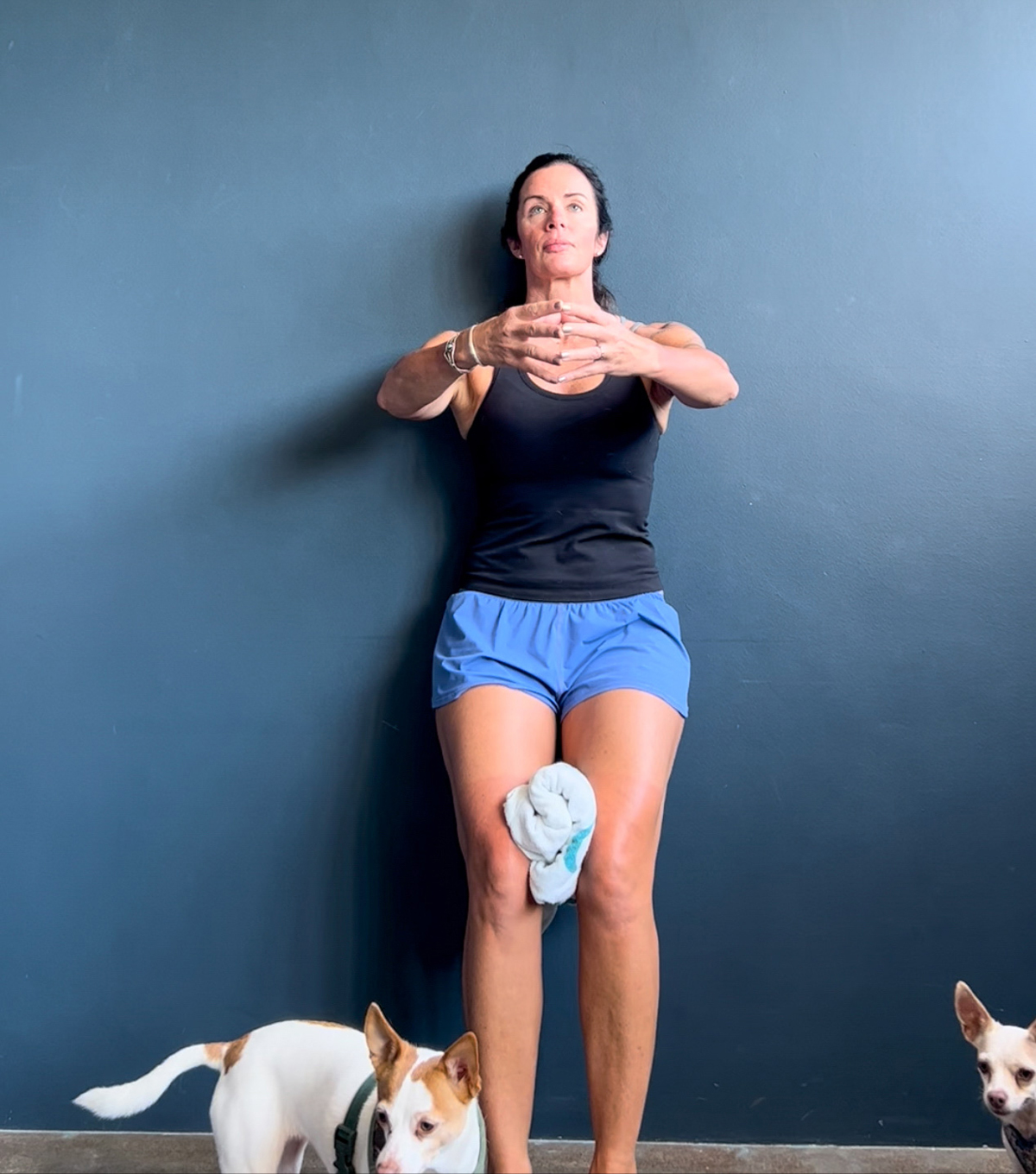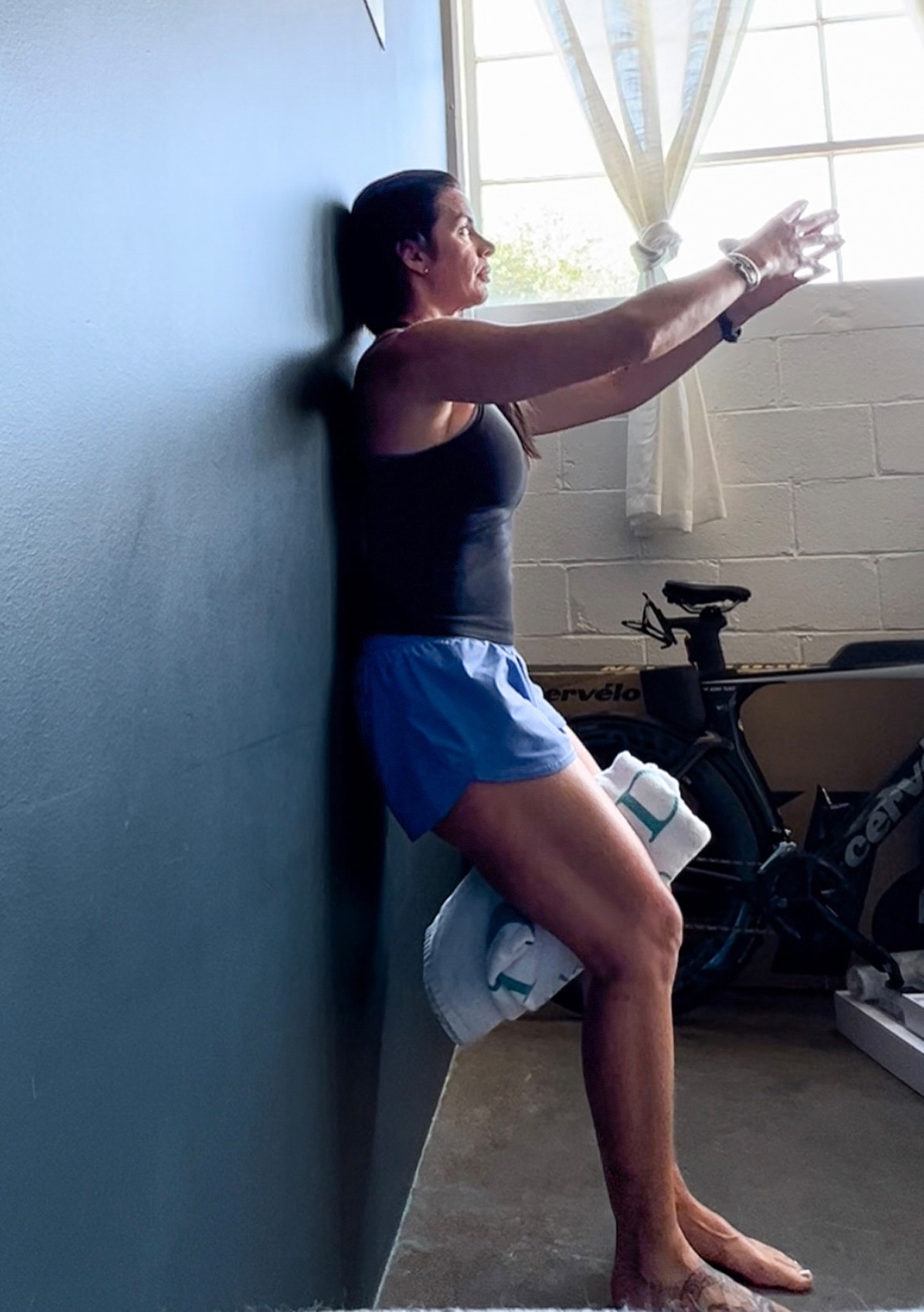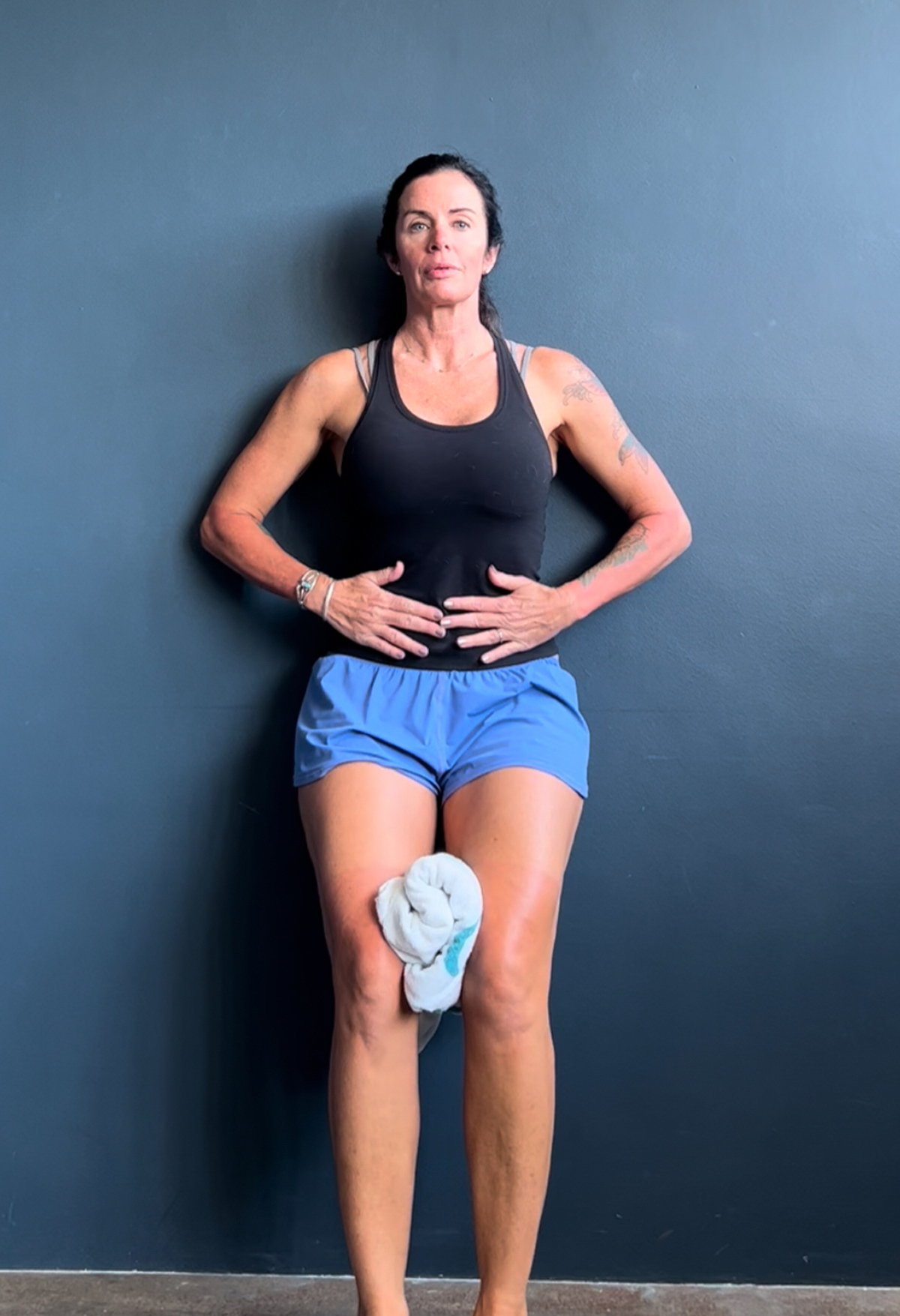By Heather Casey —
Introduction
Have you ever tried counting the number of breaths you take? How about in a single day? The typical human averages between 17,000 and 20,000 breaths a day. Now, think about how your breath changes when exercising or competing. Your breathing rate might become more frequent or ragged as the effort level of your activity increases because your body will need to work harder to pump oxygen to your limbs.
For an athlete, breathing can be much more than just a simple bodily function. It could affect how well you perform in your sport or influence the occurrence and gravity of a training injury. In this article, let us breathe a little deeper and take a closer look at breathing mechanics and how they might contribute to your performance.
Postural Awareness
Think of all your past observations about yourself whenever you participate in any sports or strenuous activity. Start by recapping how you or other athletes breathe toward the end of a high-intensity workout or race. Think of their expressions and gestures as they slog through an “easy” workout without paying attention to form. An athlete’s posture tells much of the story about how they feel.
Perhaps you’ve seen this scenario before: the athlete will exert so much energy that they will arch their lower back and protrude their bellies and ribs to fill their already full lungs further. This same posture can be seen in an athlete doing an easy ride who might think that having “good form” means keeping their shoulders and back straight upright, as this often leads to the over-extension of the lower back.
Another likely scenario is how athletes allow their shoulders to roll forward and their backs to slouch. This posture could be due to fatigue, weakness, or plain laziness. It may contribute to the athlete incorrectly utilizing their upper shoulders to help pull air into the lungs through lifting or shrugging the shoulders. These scenarios culminate in inefficient oxygen exchange, which contributes to weakened performance and can cause overuse injuries, especially in the low back, neck, or hamstrings. Awareness is the best prevention. By staying in tune with your body, you are listening to its needs.
Efficient Oxygen Exchange
Now that we understand poor breathing postures let us discuss how we can achieve a more efficient oxygen exchange. Is there a better way to breathe apart from the way you have always done since birth? Think back to the first scenario we discussed: you’re finishing a hard workout, chest protruded, arms pumping, and low back arched to fill your lungs with the oxygen your body craves. Or, you begin shrugging your shoulders to help fill the last little space in your lungs with air. You don’t even notice, and it just becomes your default position. However, your body assumes these postures during your inhalation (especially during hard effort workouts) because you haven’t been efficient enough in getting air out on your exhalation.
Your lungs fill with too much CO2, and there’s no space left for oxygen. On your inhale, you instinctively flare your lower ribs by extending the low back or shrugging your shoulders to make extra space in your upper lungs. This faulty breathing pattern occurs because you haven’t expelled enough CO2 on your exhale to make room for fresh air. You’re so focused on breathing that breathing out becomes second-rate.
A client of mine came up with this analogy: Think of your lungs with CO2 in them as two mason jars full of muddy water. You can never fill them with clean water unless you’ve fully emptied the dirty water. Sustaining enough oxygen works the same way. How much better could your body perform if it didn’t have to work so hard for fresh oxygen? It all comes down to practicing and becoming more proficient at exhaling.
Most athletes passively exhale, meaning they don’t effectively use their abdominal muscles, internal obliques, and transversus abdominis to expel air from their lungs.
Breathe Better With This Tip
- Place your hands on either side of your rib cage during an exhale
- Feel your ribs move closer together and down toward your pelvis as air is expelled without your shoulders and trunk slouching forward as they would when completing a sit-up.

Implementation For Better Breathing
Breathing better does not happen overnight! Relearning how to breathe effectively will be a challenge to implement into your workouts (significantly higher intensity workouts) because your body is likely to fall back into old habits to oxygenate. After all, breathing patterns are our most personal habits, and we all know how hard it is to break out of them. I recommend slowly introducing this breathing style into your activity by beginning with some simple exercises (see below), then testing it out during easy workouts before progressing to harder ones. Treat these breathing exercises as foam rolling or strength workouts and do them consistently. Remember, you are trying to change a habit that’s been years in the making, as well as strengthen your abdominal muscles specifically to aid you better in having a new breathing style.

Breathing Exercise
Standing wall reach with exhalation:
- Stand with your back against a wall with feet in front of you and knees slightly bent. Note: This is NOT a wall squat.
- Scoop your pelvis underneath you so your low back contacts the wall. There should not be an arch of space between your lower back and the wall.
- Squeeze a rolled-up washcloth gently between your knees.
- Reach both arms in front of you.
- Inhale gently through your nose using a regular, easy breath. Your lower ribs should not lift. Exhale fully through your mouth as if slowly blowing out birthday candles. As you exhale, reach your arms forward as if trying to hug a beach ball. The upper part of your back can come off the wall, but do not let your trunk fold in half.
- As you exhale and reach, feel your ribs pull down toward your pelvis and feel your abs activate.
- Maintaining abdominal engagement without letting your ribs elevate and flare, take another small inhale through your nose and allow the air into your upper chest. Remember – Don’t shrug your shoulders!
- Repeat three times.

Want to advance this exercise?
If you want to try a more complex version, use a balloon to exhale. Try not to pinch the neck of the balloon off as you inhale.
Conclusion
As athletes, there is a lot that we have to take into consideration when we are doing sports. Body positioning and breathing pattern might seem like very unnecessary things to discuss, but doing them correctly and remembering how they can give a massive boost to your performance will serve you well in your future endeavors. Breathe in…Breathe out…Breathe in…Breathe out…
Are you noticing your breathing patterns now?

